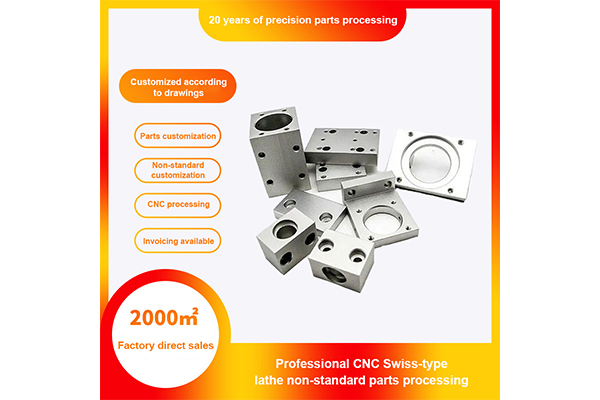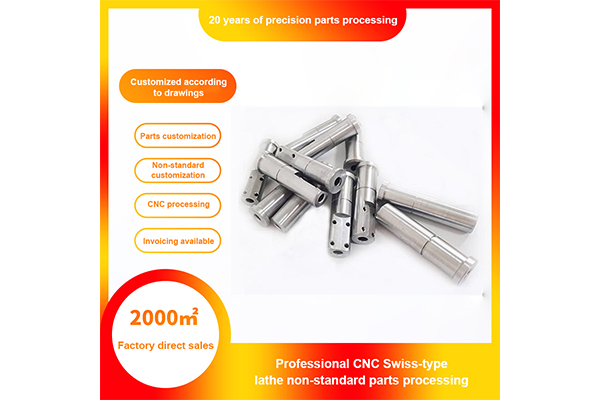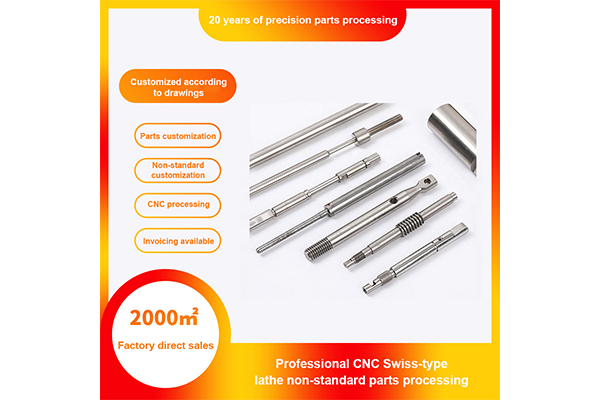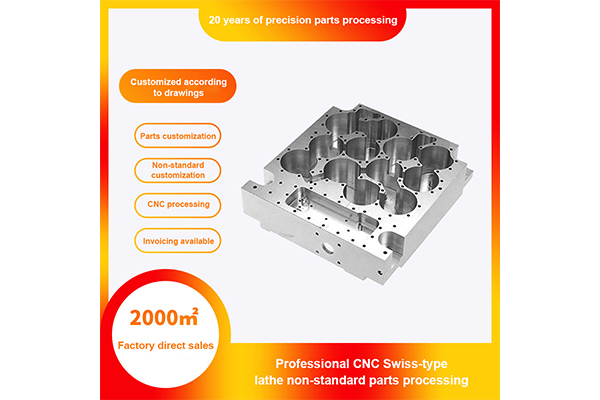How can machining engineering plastics improve electrical insulation performance in electronic devices?
Release Time : 2025-03-06
In electronic devices, machining engineering plastics can improve electrical insulation performance in many ways. Here are some of the main methods:
1. Material selection
Polycarbonate (PC): has good electrical insulation, mechanical strength and transparency, and can effectively block current leakage.
Polyphenylene ether (PPO): Known for its excellent insulation resistance, water resistance and high temperature stability, it is suitable for use in complex environments.
Polyimide (PI): It can still maintain excellent insulation performance under high temperature environments. It is suitable for some electronic equipment components that operate under special conditions and have strict requirements for insulation and heat resistance.
The presence of impurities may form a conductive path inside the plastic, thereby reducing the insulation performance. Therefore, it is necessary to select raw materials with high purity and require suppliers to provide material purity test reports.
2. Use of additives
Adding anti-aging additives: For example, adding ultraviolet absorbers can effectively absorb ultraviolet rays and prevent plastics from aging due to photooxidation. Adding hindered amine light stabilizers (HALS) can capture free radicals, inhibit oxidation reactions, and extend the service life of the material.
Use of nano-scale inorganic fillers: Adding an appropriate amount of nano-scale inorganic fillers, such as nano-silica, can improve the insulation resistance and breakdown strength of the material without significantly affecting the mechanical properties of the material. However, attention should be paid to the type and amount of additives. Excessive use or improper selection may have a negative impact on other properties of the material.
3. Process optimization
Precise control of process parameters: Temperature, pressure and time are key parameters for injection molding. In terms of insulation performance, if the temperature is too high or the injection pressure is insufficient, bubbles or pores may be generated inside the material, affecting the insulation performance. Therefore, it is necessary to accurately set parameters such as barrel temperature, mold temperature, injection pressure and holding time according to the characteristics of the selected material to ensure that the material fills the mold evenly and reduces defects.
Optimize mold design: A reasonable mold structure helps to improve insulation performance. For example, design a suitable runner system to make the plastic melt flow evenly and avoid weld marks, because the material properties at the weld marks may decrease, affecting the insulation performance. Ensure the surface finish of the mold to reduce partial discharge that may be caused by surface roughness.
4. Post-processing
Heat treatment: Heat treatment of injection molded parts can eliminate internal stress, improve the crystallinity and stability of the material, and thus enhance insulation and anti-aging properties.
Surface treatment: Use the method of insulating paint coating to form a uniform insulating coating on the surface of the part to increase the insulation thickness and surface resistance. Insulating paint should be selected with strong adhesion and good insulation performance, and ensure that the coating process is uniform without missing coating and bubbles. Plasma treatment and other methods can also be used to improve the microstructure of the surface of the part and improve the insulation performance of the surface.
5. Testing and screening
Insulation performance testing: Use insulation resistance testers, dielectric strength testers and other equipment to conduct strict insulation performance testing on injection molded electrical components. Measure the insulation resistance to ensure that it meets the requirements of relevant standards; conduct dielectric strength tests to test the insulation performance of the components under high voltage and promptly discover potential insulation defects.
Anti-aging performance evaluation: Through artificial accelerated aging tests, such as ultraviolet aging tests, wet heat aging tests, etc., simulate the aging conditions in the actual use environment to evaluate the anti-aging performance of electrical components.
The electrical insulation performance of Machining Engineering Plastics in electronic equipment can be effectively improved through comprehensive control of multiple links such as material selection, additive use, process optimization, post-processing, testing and screening.
1. Material selection
Polycarbonate (PC): has good electrical insulation, mechanical strength and transparency, and can effectively block current leakage.
Polyphenylene ether (PPO): Known for its excellent insulation resistance, water resistance and high temperature stability, it is suitable for use in complex environments.
Polyimide (PI): It can still maintain excellent insulation performance under high temperature environments. It is suitable for some electronic equipment components that operate under special conditions and have strict requirements for insulation and heat resistance.
The presence of impurities may form a conductive path inside the plastic, thereby reducing the insulation performance. Therefore, it is necessary to select raw materials with high purity and require suppliers to provide material purity test reports.
2. Use of additives
Adding anti-aging additives: For example, adding ultraviolet absorbers can effectively absorb ultraviolet rays and prevent plastics from aging due to photooxidation. Adding hindered amine light stabilizers (HALS) can capture free radicals, inhibit oxidation reactions, and extend the service life of the material.
Use of nano-scale inorganic fillers: Adding an appropriate amount of nano-scale inorganic fillers, such as nano-silica, can improve the insulation resistance and breakdown strength of the material without significantly affecting the mechanical properties of the material. However, attention should be paid to the type and amount of additives. Excessive use or improper selection may have a negative impact on other properties of the material.
3. Process optimization
Precise control of process parameters: Temperature, pressure and time are key parameters for injection molding. In terms of insulation performance, if the temperature is too high or the injection pressure is insufficient, bubbles or pores may be generated inside the material, affecting the insulation performance. Therefore, it is necessary to accurately set parameters such as barrel temperature, mold temperature, injection pressure and holding time according to the characteristics of the selected material to ensure that the material fills the mold evenly and reduces defects.
Optimize mold design: A reasonable mold structure helps to improve insulation performance. For example, design a suitable runner system to make the plastic melt flow evenly and avoid weld marks, because the material properties at the weld marks may decrease, affecting the insulation performance. Ensure the surface finish of the mold to reduce partial discharge that may be caused by surface roughness.
4. Post-processing
Heat treatment: Heat treatment of injection molded parts can eliminate internal stress, improve the crystallinity and stability of the material, and thus enhance insulation and anti-aging properties.
Surface treatment: Use the method of insulating paint coating to form a uniform insulating coating on the surface of the part to increase the insulation thickness and surface resistance. Insulating paint should be selected with strong adhesion and good insulation performance, and ensure that the coating process is uniform without missing coating and bubbles. Plasma treatment and other methods can also be used to improve the microstructure of the surface of the part and improve the insulation performance of the surface.
5. Testing and screening
Insulation performance testing: Use insulation resistance testers, dielectric strength testers and other equipment to conduct strict insulation performance testing on injection molded electrical components. Measure the insulation resistance to ensure that it meets the requirements of relevant standards; conduct dielectric strength tests to test the insulation performance of the components under high voltage and promptly discover potential insulation defects.
Anti-aging performance evaluation: Through artificial accelerated aging tests, such as ultraviolet aging tests, wet heat aging tests, etc., simulate the aging conditions in the actual use environment to evaluate the anti-aging performance of electrical components.
The electrical insulation performance of Machining Engineering Plastics in electronic equipment can be effectively improved through comprehensive control of multiple links such as material selection, additive use, process optimization, post-processing, testing and screening.







